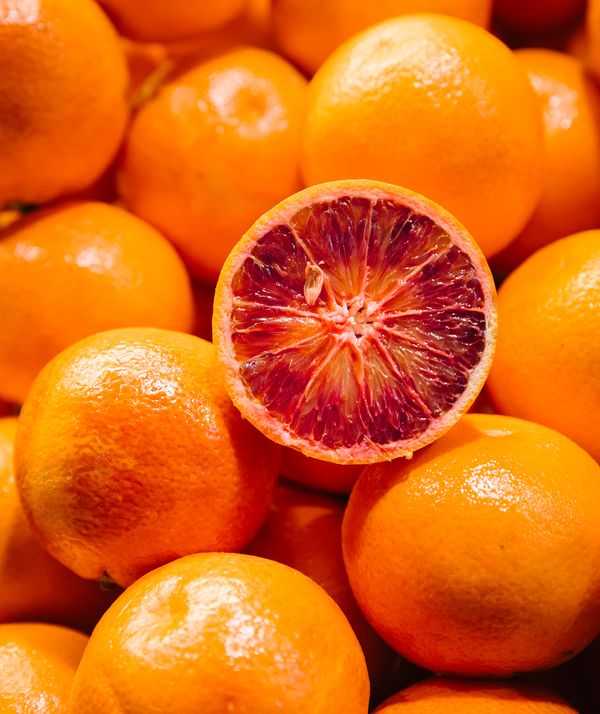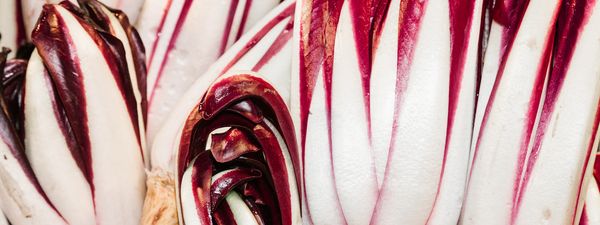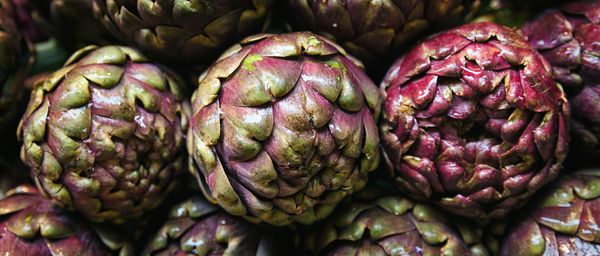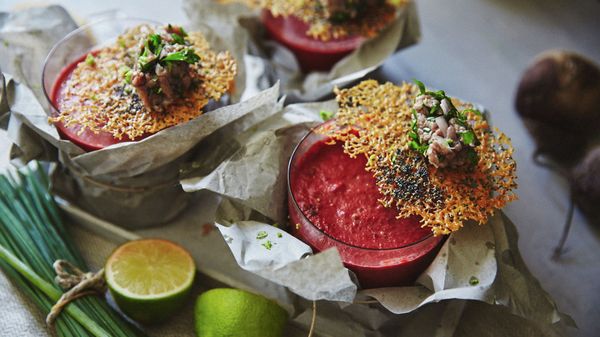
For many years, bitterness was selectively bred out of foods such as kale, radicchio and sprouts. But now it is all the rage. Here you can find out why bitter is a bandwagon worth jumping on.

Psychology: an acquired taste
What makes bitterness a special experience? It’s sour and not especially approachable but nevertheless authentic, with no messing around – a bit of an adventure. Bitterness is something you have to learn to love, just like we all have to learn to live with contradictions. Finding a place in your heart for bitter flavours is analogous to learning that life isn’t always sweetness and light but often bitter-sweet at the best of times. So it’s no wonder that children wrinkle their noses at kale and the like – this is indisputably a flavour for adults only
Health: sourness is a joy, bitterness good for your health!
The substances responsible for bitterness facilitate digestion, regulate our appetite and support the functioning of the liver and gall bladder. They are anti-inflammatory, regulate acidity and have detoxifying effects. Both natural healing methods and traditional Asian medicine have relied on the positive effects of natural bitterness since time immemorial. Root vegetables, berries and wild herbs were the basis of traditional medicine for many centuries. Hildegard von Bingen, Sebastian Kneipp and Maria Treben are some of their best-known advocates.
How bitter flavours are regaining our affection
Brrr... bitter. This flavour warns of danger. Because plants use bitterness to ward off hungry animals and are sometimes poisonous, too. So we have good reasons to instinctively reject these flavours. This led to bitterness being selectively bred out of many vegetables, and chicory, cucumbers, courgettes and asparagus were relieved of their tartness. Even grapefruits are available in sweeter varieties. But bitterness never died out entirely: take, for example, the exorbitant consumption of coffee (160 l per person annually) and beer (100 l). The contemporary drivers of this trend are often liquid in nature, too: whether herb smoothies, absinthe, Aperol Spritz, maté, gin and tonic or a freshly poured craft beer, this special flavour sensation is what unites them. One industry magazine, Drinks International, recently reported on the most popular cocktails worldwide. They found Old Fashioned (Angostura bitter) and Negroni (Campari) took first and second place.
Obvious or oblivious: can’t take it or can’t taste it?
How sensitive we are to bitterness depends on our genes. Statistically, one in four of those reading this will belong to the super-tasters and react extremely sensitively to bitter tastes. Another quarter are probably wondering what all the fuss is about, because non-tasters cannot perceive bitterness at all. The rest are normal-tasters and thus averagely sensitive to bitterness. Interesting: studies show that super-tasters are less susceptible to sinusitis caused by bacteria. This is because bitterness receptors can be found in the airways’ mucous membrane, where they help to detect and repel bacteria.

Tip:
Putting an extra spoonful of good-quality plant-based oil such as olive oil in the dressing can dial down the bitterness in salad leaves such as rocket, radicchio and chicory. A thin film of oil lines the inside of our mouth and regulates the reaction of our bitterness receptors.
Physiology: taste perception
When we taste or smell something, we’re on the end of a chain of chemical reactions and stimulated nerves. The cells responsible for our sense of taste are in the mucous membranes in the tongue and throat region. Sourness and bitterness warn us that food isn’t ripe or even poisonous. Saltiness, sweetness and umami (meatiness or full-flavour) indicate the level of minerals, carbohydrates, protein and fat. Did you know? Whereas a single type of receptor is responsible for sweetness, we possess over 25 different types of bitterness receptors, allowing us to distinguish between delicately nuanced bitter flavours.


